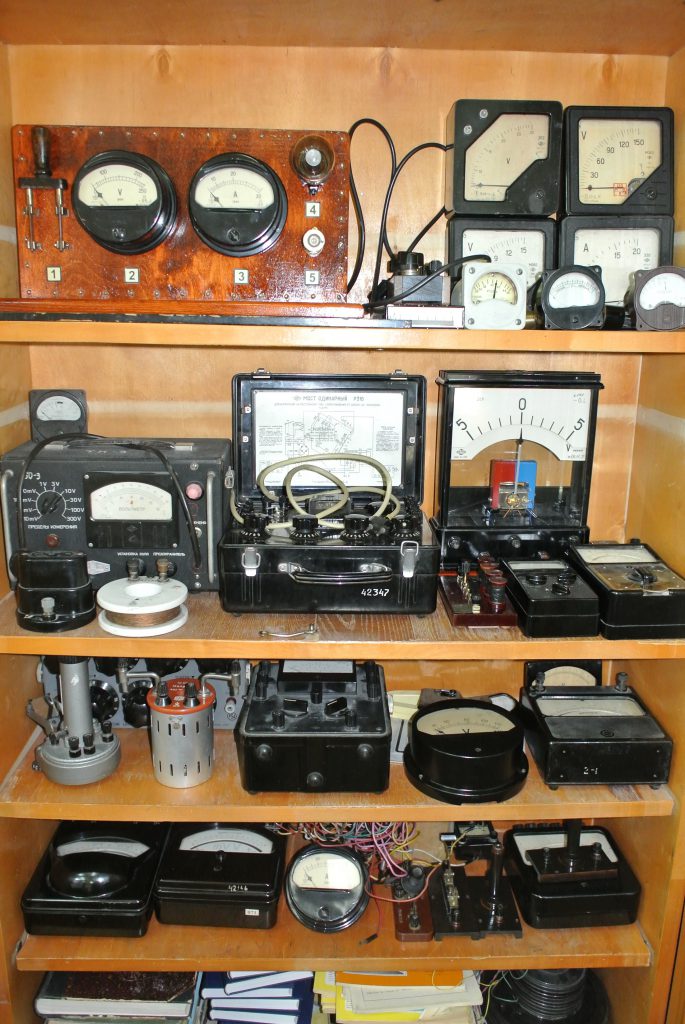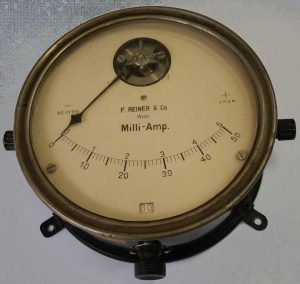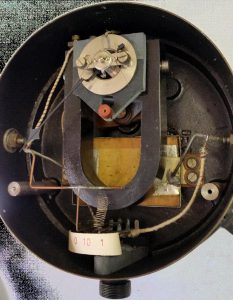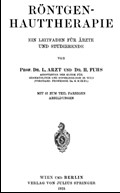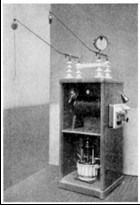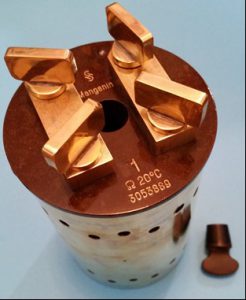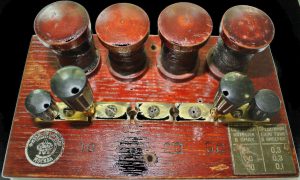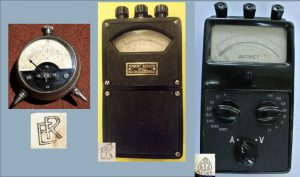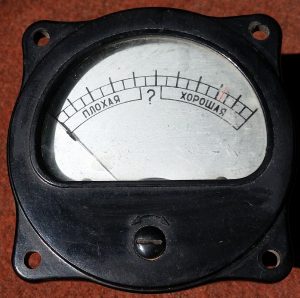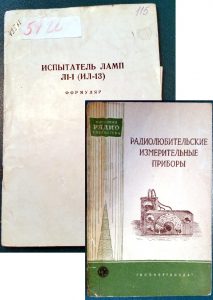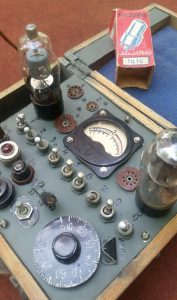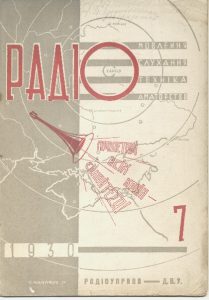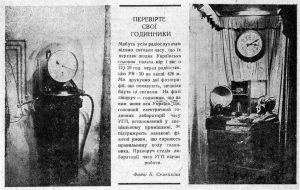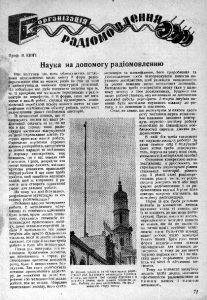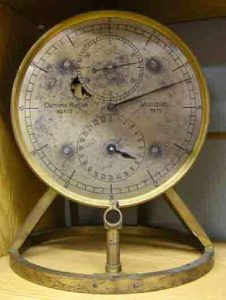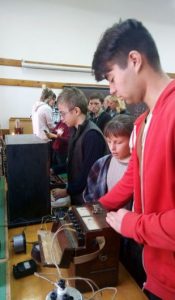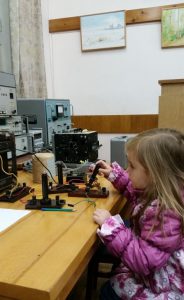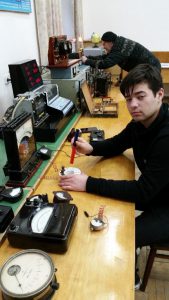Welcome to the Museum of Measuring Instruments of the Department of Information and Measuring Technology!
This museum is intended for those who are interested in the history of instrument making. It mainly houses samples of electrical measuring instruments from the 10s to the 60s of the 20th century. Each of them is a scientific and technical achievement of its time. Time goes by quickly. New technologies and new measuring instruments appear. But in the history of instrument making there were such pages that everyone who develops and uses modern measuring instruments should know about. Instruments are written off, disassembled, documentation is lost and destroyed. Therefore, the main task is to familiarize students and specialists with real samples of instruments as examples of the level of science and technology of the first half of the 20th century.
We will begin our tour of the museum with an introduction to the DC panel milliammeter made by F. Reiner (Vienna).
The device was patented in Germany (D.R.G.M). Let’s consider its history and features… A direct search on the Internet clearly did not give any information. Let’s look inside… The measuring mechanism system is a typical magnetoelectric. On the back of the scale are marks from quality control workers. We determine that the Reiner company is a well-known manufacturer of medical equipment. We search by these signs. And there you have it! In the medical textbook of 1925 medical-history we find memories of the Vienna Reiner company and images of medical devices.
Tests of the device in the department’s laboratory showed that it is in working condition.
What do we know about resistance? And what does it look like?
In this photo – a resistance coil – a single-digit measure of electrical resistance of 1 Ohm. Manufactured by Siemens & Halske (Germany).
In the 1912 catalog it has the number 16904. For stability of the resistance value – it is made of manganin.
And this is what a plug-in resistor store looks like:
It has four series coils, 10, 20, 20, 50 Ohms. As we can see, in such a combination of plugs, the total resistance will be 20 plus 20 – 40 Ohms. This store was made in the 50s and was used in the school physics classroom.
What will we have next?
Three measuring instruments from the same family.
In the figure, there are three instruments: a pocket voltmeter, an ohmmeter and a tester (avometer). What do they have in common?
Let’s look carefully at the scales. The first two have the “ER” logo, the third has the inscription “METRA”.
This logo is what we use to find the company “METRA BLANSKO” on the Internet www.metra.cz . There is a photo of the “ER” logo on its website.
From the history of the company, it is possible to determine the dates of production of the devices: the voltmeter was manufactured between 1921 and 1934, and the ohmmeter between 1934 and 1949.
An artifact was found in the ohmmeter case – a battery manufactured in 1983 (price 2.8 crowns, which was approximately 20 kopecks at the time).
Good or bad? A little mystery… What does this device measure…?
This device was part of the testers of the IL-10 and IL-13 radio tubes. Radio amateurs also independently developed and manufactured similar devices. One of such devices is described in the 1959 collection. And in the photo you see the appearance of an amateur device with a homemade scale.
Check your watches!
We all respect the exact time. In order not to be late for a plane, train, lecture, check your watches. This is possible by exact time signals. Such signals were first transmitted in the world by the BBC radio station in 1924.
And when did exact time signals first sound in Ukraine? We will find the answer in the magazine RADIO broadcasting, listening, radio engineering No. 7 of 1930, which was published in the city of Kharkiv. In a small article it is written that exact time signals are transmitted by the Ukrainian Main Chamber of Weights and Measures at 12 and 19 o’clock via the RV-20 radio station.
A picture of masts 80 meters high, one of which was the bell tower of the Assumption Cathedral, is in room 3.
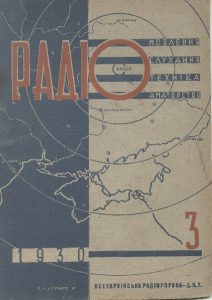
The Riefler pendulum clock shown in the photo in the magazine with a running accuracy of 0.01 seconds/day, which was used in the time and frequency service from 1925 to 1941, is located in the museum of the National Scientific Center “Institute of Metrology” http://www.metrology.kharkov.ua/index.php?id=23&L=0
This concludes the tour. Thank you for your attention!
We have a few more photos showing visitors to the “Laboratory of Amazing Measurements.” Here we see that measuring devices are available to everyone: both children and adults!
The tour of the Museum of Measuring Equipment was conducted by the associate professor of the Department of Instrumentation and Measurement Technology, Lysenko Volodymyr Valeriyovych. Send me your comments, questions and suggestions to Volodymyr.Lysenko@khpi.edu.ua

